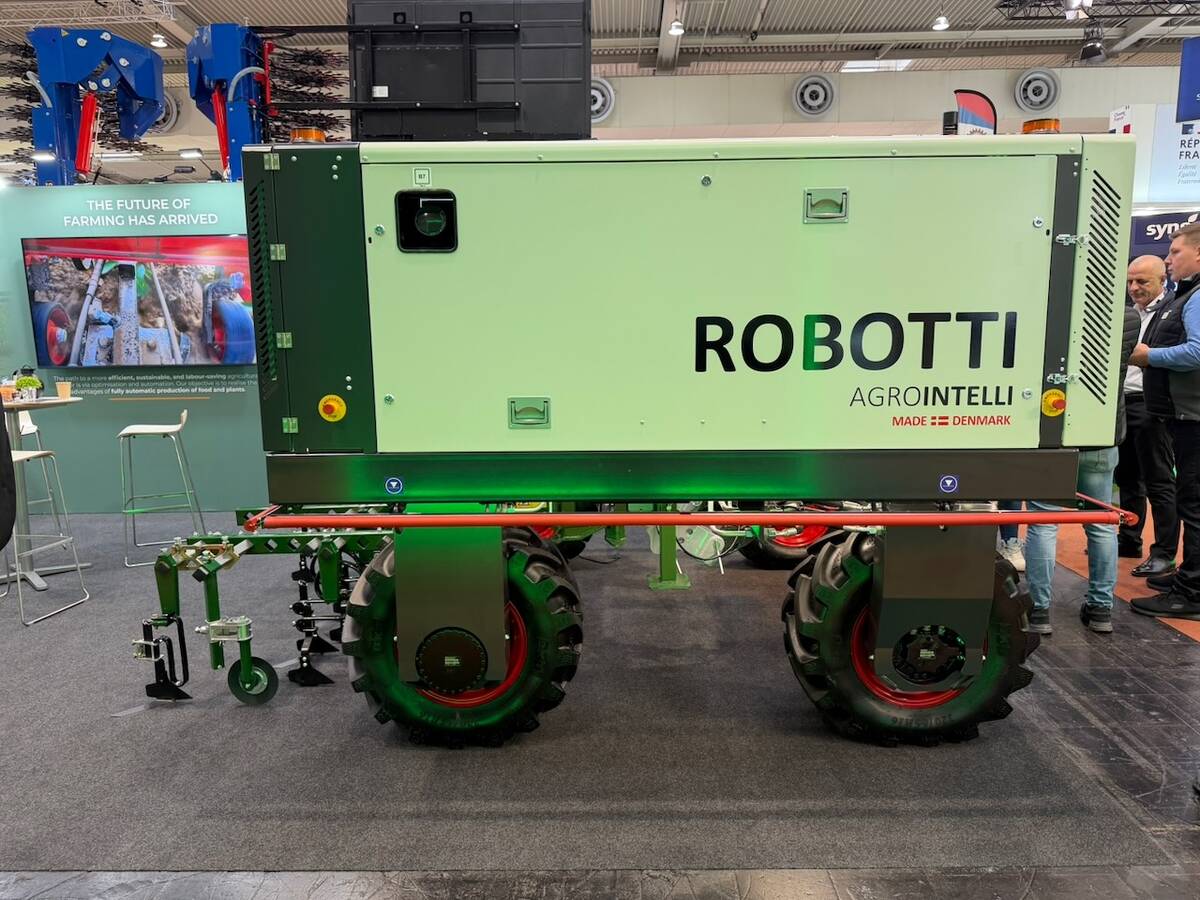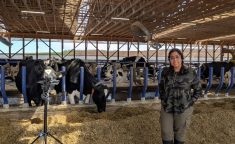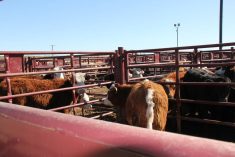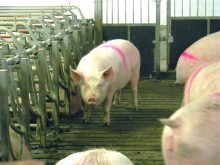What does the cattle industry have to learn from Walmart? When it comes to ear tags, the answer is “more than you might think,” said David Moss, chief operating officer of Livestock Identification Services Ltd.
Moss is a passionate supporter of replacing the radio frequency identification (RFID) cattle ear tags with passive (non-battery-equipped) Ultra-High Frequency (UHF) tags – exactly the same technology Walmart is implementing to track every product it sells.
As always, Walmart’s interest in UHF technology is purely bottom line driven. UHF tags allow for individual tracking – in continuous, real time – of every single piece of salable product from manufacturer through final sale. The goal is to minimize inventory while still reducing out-of-stock issues, optimize movement between locations, track changing consumer demands, and provide more product information to customers.
Read Also

The long march to autonomy
The big players in the machinery market keep adding pieces towards autonomous vehicles for farming, but how far away is a final product?
Moss’s interest in UHF tags stems from the limitations of current ear tags, which employ a low-frequency technology first used in the Second World War.
Current ear tags are frustrating to read. The read rate is slow (one animal at a time), the read range is narrow (about two feet), retention is questionable, and tags aren’t readable if
oriented in the wrong direction (such as when a producer tags the top of the ear or if the animal turns its head during reading).
In contrast, UHF tags can be read at 60 tags per second – regardless of orientation – up to 60 feet away. Instead of streaming cattle one at a time, UHF technology could allow cattle to move as a group at “the speed of commerce” through a wide alley and still be read far more accurately. With dual antennas, the UHF technology can also be read at close proximity when producers are working individually on an animal.
Moreover, current ear tags only send back the tag number when energized by a reader. But each UHF tag has 64 KB
of read/write capacity, which means they can include information such as an animal’s
birth date, treatments it has received, and a record of weighings, movements, and other
data. This sort of information offers a marketing
edge, particularly to specialty markets, according to Moss. He said prices for UHF tags and
readers have fallen considerably in the past two years, partly because of the take-up by Walmart, and if adapted by the cattle industry would be cheaper than the current RFID technology. RFID tags cost about $3 each, hand readers cost about $1,500, and a full-panel reading setup can cost up to $100,000. Moss said because millions of UHF tags are now being manufactured for other sectors, they would cost much less. UHF tag readers are already in the $300 range.
Still, Moss said he is one of the technology’s lone advocates in Canada.
“I feel pretty alone right now for advocating this new technology,” said Moss.
“I may be naive, but if it’s cheaper and better, and the readers are cheaper and it makes sense for your business, I’m at a loss as to why anyone wouldn’t want it.”
Moss said that may be because the technology and its advantages aren’t well known in the cattle industry. Another factor might be fear of a backlash from producers, who were required to switch from bar code tags to the RFID version in the middle of the decade.
UHF chip utility and functionality is currently being studied by the Southern Alberta Institute of Technology in collaboration with Alberta Agriculture and Livestock Identification Services. UHF tags have recently been approved for use in the U. S.














